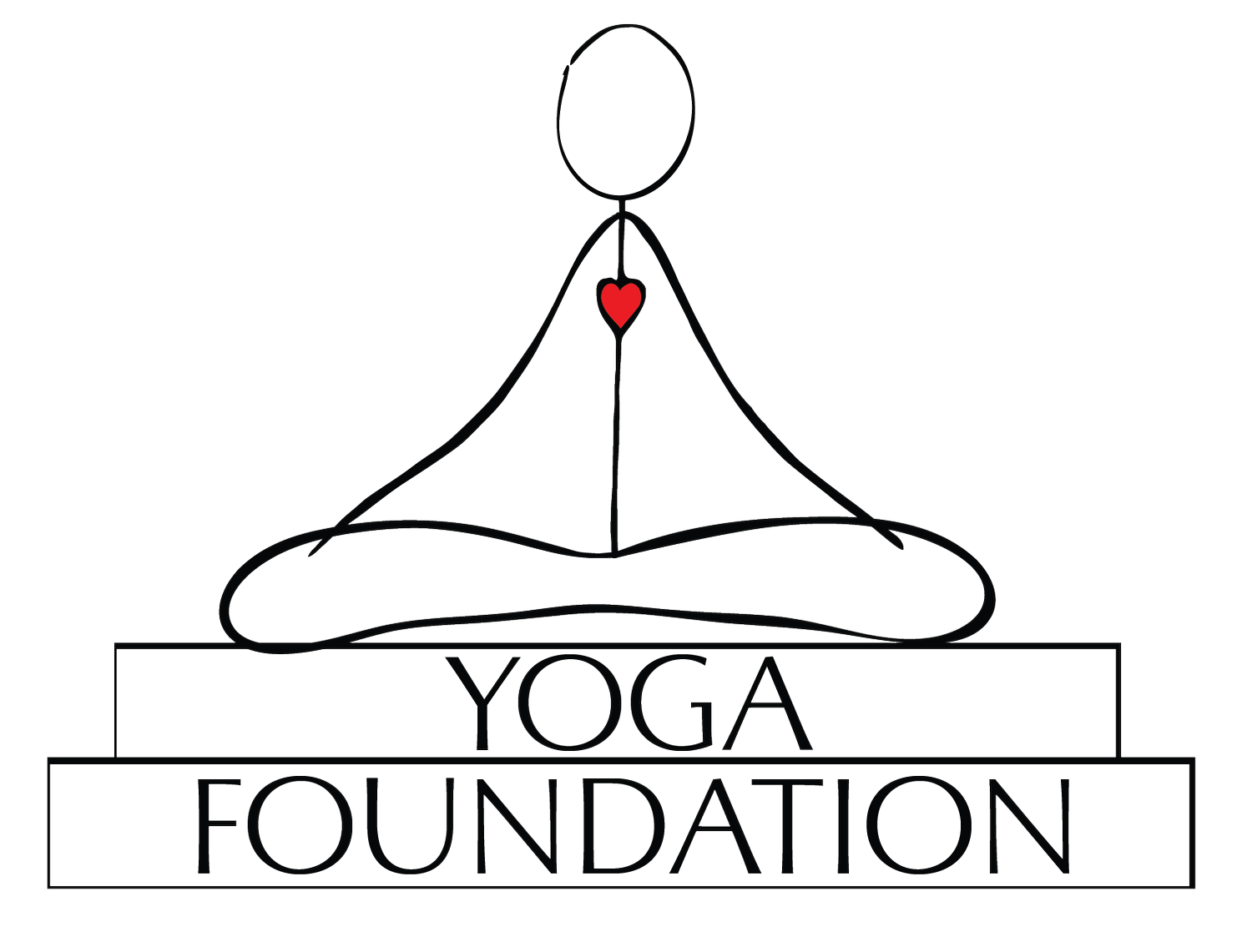Bandha your mind
Patanjali speaks about placement - mental placement. The whole text centers around the topic. The mystique-shrouded (and highly misused) practice called bandha-s, popularized by Pattabhi Jois, is not even covered in his Yoga Sūtra-s, but the word is mentioned.
Bandha-s alla Pattabhi Jois’ Ashtanga Yoga are mentioned in other texts, like Svatmarama’s Hatha Yoga Pradipika, Yoga Yajnavalkya Samhita, in TKV Desikachar’s talks, Sri Krishnamacharya’s Yoga Makaranda and Yoga Taravalli. In the Krishnamacharya lineage, bandha’s are taught as pranayama practices, requiring long term practice and refinement under close guidance of the teacher. Many of our long term Yoga Foundation students are incorporating these into their practices now.
We first see the word bandha as a binding of the mind, not a holding in the body, in the third chapter. We insinuate prerequisites are well established, as the third chapter practices are presented for a very disciplined mind. The binding is something we do with a highly refined mind in reference to developing a connection with it’s object of meditation. In doing so, transformation happens. For this reason, what kind of mind we are binding matters.
We can not and should not do meditation when we are in a disturbed state. We must do pratipaksa bhavana, we must choose activities which help self soothe. Meditation from a mind that is agitated due to anger or grief stricken needs to be soothed first. Maybe through asana practice, a walk around the block, listening to some music or watching a show. Otherwise, the mind won’t bind, and we’ll will increase our agitation levels. Or, we’ll choose an object that increases our imbalances, as like attracts like, and as such, students are meant to receive a meditative guidance from a teacher.
Yes, meditation is helpful. No, apps, videos and guided meditations are not necessarily helpful, and can be harmful. Why? We internalize the qualities of what we focus on. Above all, any tapas we do musn’t cause harm, according to both sage Vyasa and sage Yajnavalkya. If I am already quite bold and I meditate upon a strong elephant, I may go overboard. If I do not espouse the evolutionary theory of humankind, Hanuman may trigger me. If I have pollen allergies, a flower could agitate me. Similarly, if I’ve had a skin cancer, meditation on the sun may cause me stress.
The answer is complete the prerequisites of daily practice, designed with your needs and stage of life in mind. Layer the tools gradually over time, using the intelligent approach of vinyasa krama. Bind your mind to your meditation place/focus/object daily, approaching from a more balanced state through your preparation. And release all ideas of what must or may happen, enveloping this focus for a period of time. This connection will yield a version of you more capable of meeting life from a balanced, clearer place replete with qualities you wondered would ever emerge.
